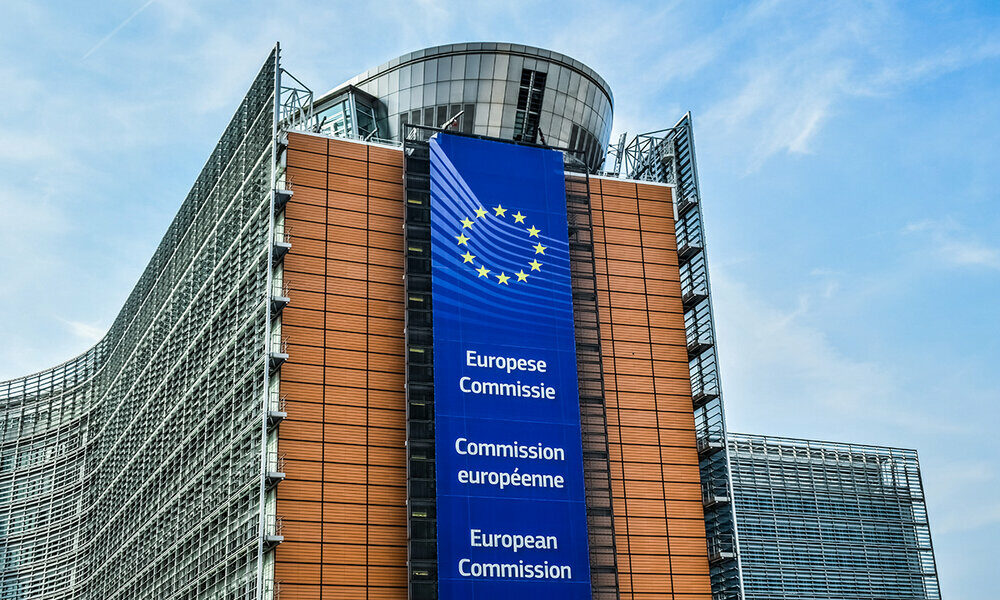
A few days ago, Brussels announced a set of actions that aims to improve connectivity for all citizens and businesses in the European Union, within a maximum period of seven years, and thus facilitate the digital transformation and communications in the old continent. This measure meets the objectives of the Europe Digital Decade.
The implementation of gigabit connectivity in the EU will be regulated by the proposal for ‘Gigabit Infrastructure Law’which sets standards to facilitate faster, more efficient and cheaper deployment of gigabit networks in the EU.
has also been published Draft Recommendation on gigabit, which seeks to guide the national regulatory authorities on the conditions of access to the telecommunication networks of the operators. Only in this way will it be possible to replace traditional technologies with the most innovative systems. Similarly, The European Commission has launched an exploratory consultation to analyze the future of connectivity and its infrastructure.
The keys to the new legislation
The Gigabit Infrastructure Law arises from the urgent need to create higher bandwidth at faster speeds to offer more intelligent and flexible services to citizens and companies, using new technologies such as the cloud, artificial intelligence or the metaverse, among others. This new regulation will replace the Directive on reducing broadband costs2014, overcoming the slowness and cost of the underlying physical infrastructure of advanced gigabit networks.
As advantages: it will eliminate the bureaucracy and costs associated with the deployment of gigabit networks, it will digitize the procedures for granting permits, it will improve the coordination of civil works between network operators and it will ensure access is guaranteed. By streamlining procedures, civil works costs will be reduced, which represent 70%. However, both the Parliament and the European Council will have to supervise this innovative legislation applicable in all member states.
The Draft Recommendation on gigabit
It focuses on guiding the national regulatory authorities (NRAs) in the conditions of access to the operators’ networks, guaranteeing a optimal regulatory environment within a maximum period of two to three years. To this end, it will be essential to promote price flexibility establishing a single market for electronic communications in Europe with high quality networks at affordable prices.
This project has reached Body of European Regulators (BEREC)that for two months it will have to examine the situation and whether it decides to replace the primitive recommendations of the years 2010 and 2013.
round of consultations
The European Commission intends to analyze the future of the connectivity sector and its infrastructures, analyzing how the electronic communications sector can be affected and the actions necessary for Europe to continue at the forefront of technological advances and digital transformation in the coming years.
All companies and people in the EU must have access to an increasingly integrated single market, so the deadline to provide an opinion on it is set until next May 19, 2023.
In this sense, the director of Regulation of GSMA (organization of mobile operators and related companies), John Giustisupports the commitment of the European Commission to implement new lines of future investment within the European Union, promoting connectivity.
In the same way, as a consulted party, they express their satisfaction with the ‘Gigabit Infrastructure Law’ that serves as an effective pan-European instrument to accelerate the deployment of the network by reducing administrative barriers and costs, always in favor of the digital global competitiveness of Europe.
Is this measure necessary?
The momentum of gigabit connectivity will report numerous benefits socio-economic, employment and technological conditions throughout the EU, ending the roaming charges and throwing the WiFi4EU initiative for local communities. Only in this way will it be possible to improve the coverage of the networks and introduce 5G and 6G throughout Europe.
The goal is clear, that by 2030 all European homes have gigabit network services and at least 5G. Thus it is collected in the European Code of Electronic Communications.



